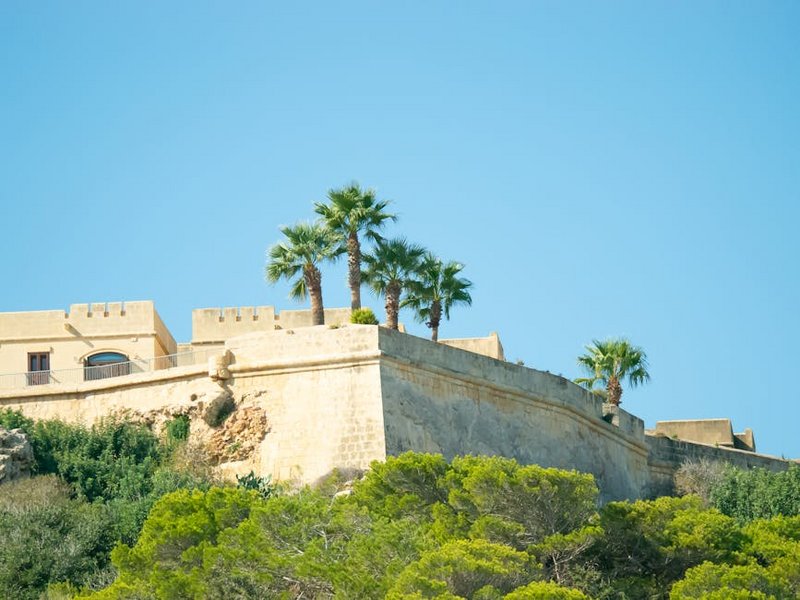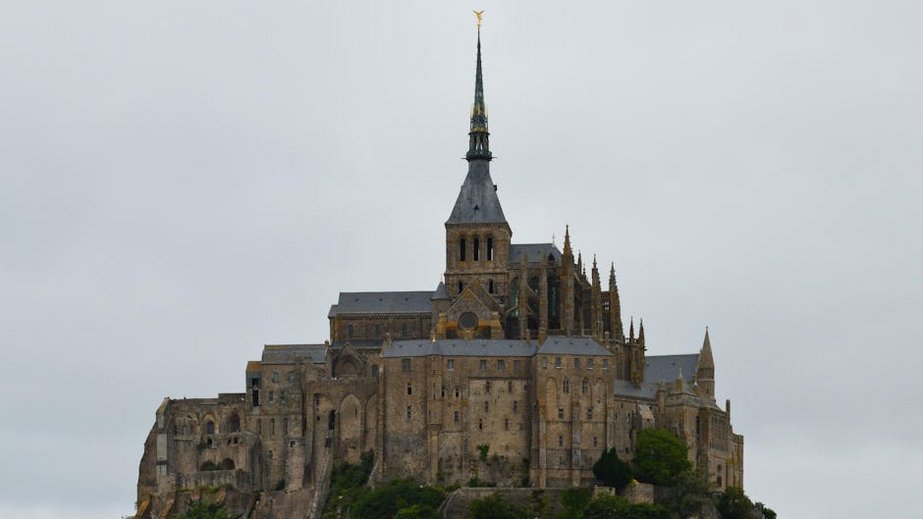Mozambique Bazaruto Archipelago: Pristine Island Adventures
The Mozambique Bazaruto Archipelago offers an unparalleled Indian Ocean escape with five main islands featuring diverse ecosystems from coral reefs to freshwater lakes. This protected marine national park spans over 1,400 square kilometers and hosts dugongs, dolphins, and over 2,000 fish species within its vibrant underwater world. Our guide covers everything from luxury resorts to local culture, helping you plan your perfect island getaway with practical tips and insider knowledge.
Essential Archipelago Information
The Bazaruto Archipelago lies approximately 30 kilometers off Mozambique’s coastline in the Indian Ocean, accessible via Vilankulo Airport. These islands formed through ancient sand dune accumulation and now protect crucial marine habitats under Mozambique’s conservation efforts. Bazaruto, Benguerra, Magaruque, Santa Carolina, and Bangue islands each offer unique landscapes and experiences.
Portuguese explorers first documented these islands in the 16th century, though Swahili and Arab traders had visited centuries earlier. The archipelago became a national park in 1971 to protect its biodiversity from overfishing and development pressures. Today, it represents one of Africa’s most significant marine conservation success stories.
Island Geography and Features
Each island possesses distinct characteristics worth understanding before your visit.
- Bazaruto Island spans 37 kilometers long with massive sand dunes reaching 100 meters high, freshwater lakes, and diverse accommodation options from mid-range to luxury.
- Benguerra Island features three saltwater lakes, forested areas, and spectacular coral reefs just offshore, making it ideal for snorkeling and diving enthusiasts.
- Magaruque Island offers the most accessible day-trip experience from the mainland with beautiful beaches and excellent swimming conditions in protected bays.
- Budget travelers should plan $150-250 daily using Vilankulo as a base with day trips to islands, staying in guesthouses, and eating at local restaurants with occasional splurges on activities.
- Mid-range visitors will spend $250-400 daily for comfortable island lodges, included meals, and regular activities like snorkeling trips and dhow sailing excursions with professional guides.
- Luxury experiences range from $400-800+ daily featuring premium resorts with private villas, all-inclusive packages, private boat charters, and specialized activities like scuba diving or deep-sea fishing.
- Mozambique Tourism Authority
- National Geographic Travel Conservation
Marine Park Conservation
The Bazaruto Archipelago National Park protects 1,430 square kilometers of ocean and islands with strict regulations on fishing and development. Park authorities monitor turtle nesting sites from November to March while protecting dugong populations through designated sanctuary zones. Visitors contribute to conservation through park fees that fund patrols and community programs.
Climate and Weather Patterns
Tropical conditions prevail year-round with temperatures between 75°F and 90°F (24°C to 32°C) across seasons. The dry season from April to November brings cooler temperatures and minimal rainfall, perfect for beach activities and water sports. December through March offers warmer waters but higher humidity with occasional brief afternoon showers.

Alt: “bazaruto-archipelago-aerial-view-turquoise-waters-white-sand”
Mozambique Bazaruto Archipelago – Planning Your Trip
Proper planning ensures you experience the archipelago’s highlights while respecting its fragile ecosystems and local communities. Begin arrangements three to six months before travel, especially for peak season visits between June and October. Consider combining island stays with mainland exploration in Vilankulo for a more comprehensive Mozambique experience.
Budget between $150 and $500 daily depending on accommodation style, activities, and dining preferences. The Mozambique visa process requires advance application for most Western passport holders, typically taking two to four weeks for approval. Comprehensive travel insurance with medical evacuation coverage is essential given the remote island locations.
Best Time to Visit Bazaruto Archipelago
June through October delivers ideal conditions with temperatures from 70°F to 85°F (21°C to 29°C), minimal rainfall, and excellent underwater visibility exceeding 30 meters. These months offer prime wildlife viewing opportunities including whale shark sightings and migrating humpback whales from July to September. November brings warmer waters perfect for swimming but increasing humidity before the rainy season begins.
Shoulder months in April, May, and November provide good value with fewer visitors and pleasant weather averaging 75°F to 88°F (24°C to 31°C). December through March sees higher temperatures around 80°F to 90°F (27°C to 32°C) with potential brief tropical showers, though these rarely disrupt travel plans significantly.
Budget Planning and Costs
Understand typical expense ranges before booking your island adventure.
Essential Preparation Checklist
Pack lightweight cotton clothing, swimwear, reef-safe sunscreen, and waterproof bags for boat transfers between islands. Bring quality snorkeling gear if you have specific preferences, though most resorts provide adequate equipment for guests. Include motion sickness medication for boat trips and a basic first-aid kit with seasickness remedies.
Ensure your passport has six months validity beyond your departure date and obtain your Mozambique visa beforehand through embassies or authorized agencies. Book international flights into Maputo or Johannesburg, then arrange connecting flights to Vilankulo Airport (VNX) for archipelago access. Confirm all accommodation and transfer reservations well in advance, especially during peak seasons.
Top Attractions and Activities
The islands offer countless experiences from world-class diving to cultural encounters with local fishing communities. Marine activities dominate itineraries with the archipelago’s protected reefs providing exceptional snorkeling and diving conditions year-round. Land-based adventures include exploring massive sand dunes, freshwater lakes, and traditional villages across different islands.
Wildlife enthusiasts can spot dolphins, turtles, and over 180 bird species throughout the island chain. The archipelago represents one of the last significant dugong habitats in East Africa, with occasional sightings in seagrass beds around Benguerra and Bazaruto islands. Conservation-focused tours support protection efforts while providing educational experiences.
Must-See Highlights
Two Mile Reef on Bazaruto Island features spectacular coral formations and abundant marine life, accessible via daily snorkeling and diving trips. This site offers visibility up to 40 meters during peak season with gentle currents suitable for various experience levels. Dive operators provide equipment and guidance for exploring this underwater paradise.
Bazaruto Island’s massive sand dunes provide panoramic views across the archipelago, particularly stunning during sunrise and sunset photography sessions. The freshwater lakes on the same island host crocodiles and hippos, best observed with guided tours for safety. Santa Carolina Island’s historical ruins and pristine beaches make excellent day-trip destinations from other islands.
Hidden Gems and Local Favorites
Marine Lake on Benguerra Island offers a unique ecosystem where saltwater and freshwater mix, creating unusual conditions for wildlife observation. Local fishermen sometimes permit visitors to join traditional fishing expeditions using hand lines and small nets. These authentic experiences provide cultural insight while supporting community livelihoods directly.
Magaruque Island’s western beaches remain relatively quiet even during peak season, perfect for secluded picnics and swimming in calm waters. The island’s walking trails pass through coastal forest areas with opportunities to spot samango monkeys and numerous bird species. Local guides share knowledge about medicinal plants and traditional uses of island resources.
Water Sports and Adventures
Dhow sailing represents the traditional mode of transport between islands, offering peaceful excursions with spectacular coastal views. These wooden sailing vessels accommodate small groups for half-day or full-day trips, often including snorkeling stops and beach barbecues. Modern alternatives include speedboat transfers and luxury yacht charters for faster inter-island travel.
Kitesurfing conditions excel from May through October with consistent winds and protected lagoons around Benguerra Island. Several operators offer equipment rental and lessons for beginners through advanced riders. Deep-sea fishing targets marlin, sailfish, and tuna in the rich offshore waters, with catch-and-release practices encouraged for conservation.
Practical Travel Information
Reaching the archipelago involves international flights to southern Africa followed by domestic connections to Vilankulo Airport. From Vilankulo, scheduled boat transfers or charter flights transport visitors to specific islands, taking 30 minutes to two hours depending on destination. Accommodation ranges from rustic eco-camps to ultra-luxury resorts with private pools and butler service.
Island infrastructure remains relatively basic with limited electricity in some locations, though most resorts operate generators or solar power systems. Communication services vary significantly between islands, with better mobile network coverage on Bazaruto and Benguerra. Medical facilities are limited to basic clinics, emphasizing the importance of comprehensive travel insurance.
| Accommodation Type | Features and Amenities | Price Range (USD) |
|---|---|---|
| Eco-Lodges | Solar power, beachfront location, included meals, cultural activities | $200-350/night |
| Mid-Range Resorts | Air conditioning, swimming pools, restaurant, water sports equipment | $350-550/night |
| Luxury Villas | Private pools, butler service, spa treatments, personal guides | $550-1000+/night |
| Mainland Base | Vilankulo hotels with day trips, more dining options, lower cost | $80-200/night |


